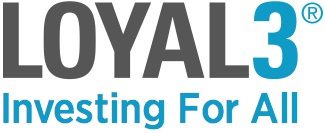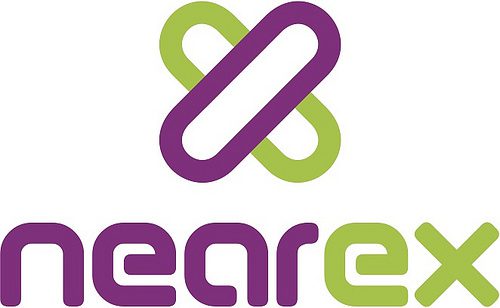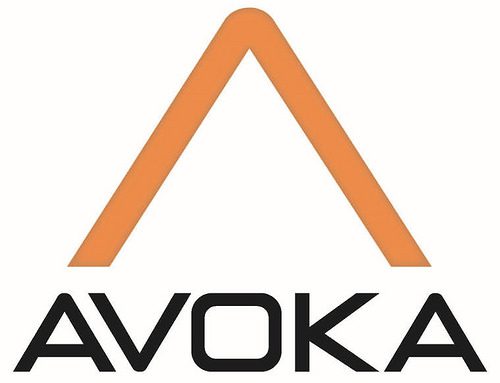This post is part of our live coverage of FinovateSpring 2014.
Our next presenter from nearby San Francisco is LOYAL3, demoing their Social IPO Platform.
“The LOYAL3 Social IPO Platform opens up IPO access to large numbers of individuals like never before. LOYAL3 partners with pre-IPO companies to give them a way to include consumers, employees, partners, and fans in their IPO. Through LOYAL3, people can start investing in an IPO with just $100 and pay no fees to purchase the IPO stock.
LOYAL3’s IPO platform augments and complements the traditional IPO investing process by providing a way for small investors to participate in IPOs at the same price per share and at the same time as Wall Street institutions and their largest customers.”
Presenting: Barry Schneider (CEO)
Product Launch: October 2013
Metrics: To date, LOYAL3 has 102 employees and raised more than $60 million in funding
Product distribution strategy: Direct to Consumer (B2C), Direct to Business (B2B)
HQ: San Francisco, California
Founded: November 2008
Twitter: @LOYAL3
 Eight companies earned Best of Show awards at FinovateSpring 2014 in San Jose.
Eight companies earned Best of Show awards at FinovateSpring 2014 in San Jose. 




















